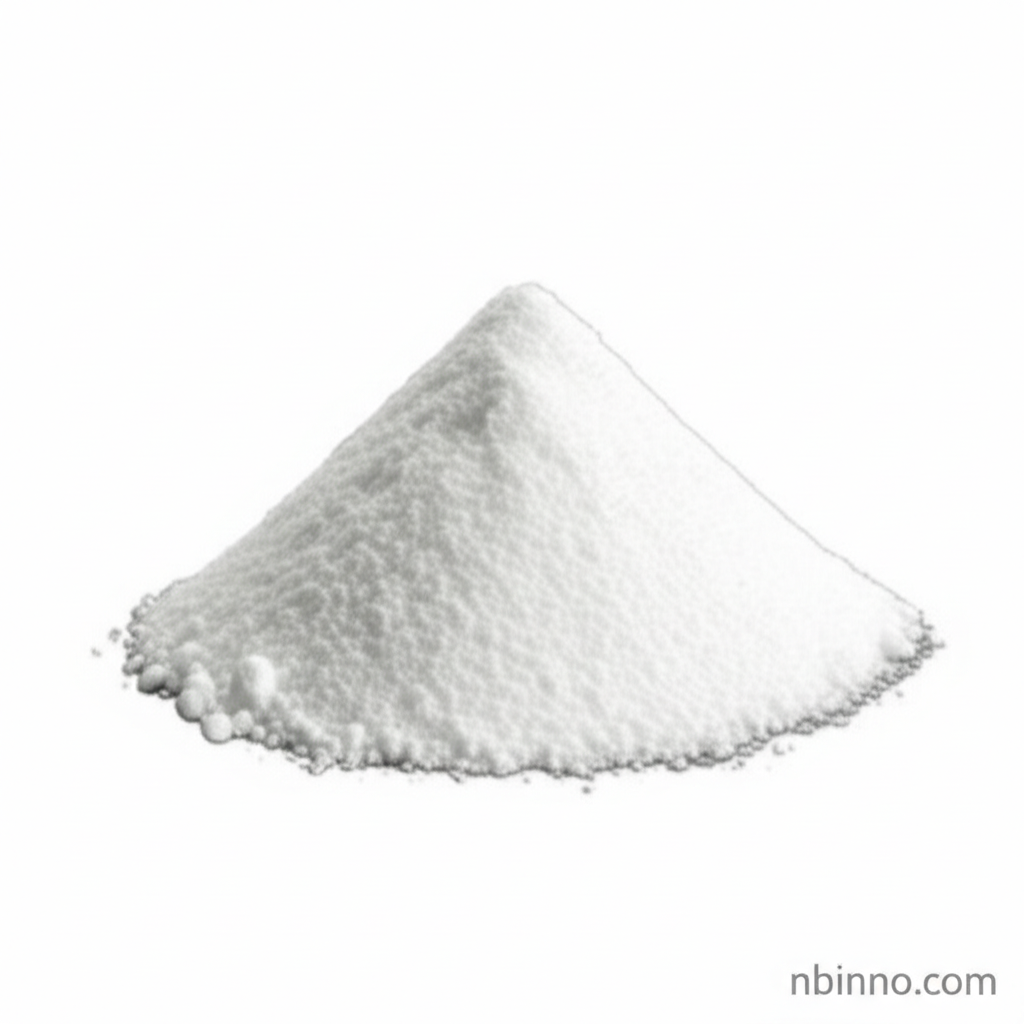Para-Aminobenzoic Acid (PABA): Properties, Benefits, and Applications
Explore the multifaceted world of PABA, from its role in health to its industrial significance.
Get a Quote & SampleProduct Core Value

Para-Aminobenzoic Acid
Para-aminobenzoic acid (PABA), also known as vitamin B10, is a vital organic compound with a wide array of applications. Historically recognized for its UVB absorption capabilities, it was a staple in sunscreen formulations. Beyond its role in sun protection, PABA is crucial for bacterial folate synthesis and serves as a key intermediate in the pharmaceutical industry for creating anesthetics and other therapeutic agents. Its presence in nutritional supplements has been linked to potential benefits for skin health and hair pigmentation, although scientific consensus varies.
- Discover the essential role of PABA in bacterial folate synthesis, a critical process for microbial life.
- Learn about the PABA uses in cosmetics, including its historical significance in sunscreen formulations for UV absorption.
- Understand the proposed benefits of vitamin B10 for gray hair, an area with anecdotal evidence and some early studies.
- Explore PABA in pharmaceutical synthesis, where it serves as a precursor for essential drugs and anesthetics.
Key Advantages and Benefits
UV Protection Properties
PABA is renowned for its ability to absorb UVB rays, historically making it a popular ingredient in sunscreens to prevent sunburn and DNA damage.
Nutritional and Biochemical Roles
As part of the vitamin B complex, PABA assists in the synthesis of folate in bacteria, highlighting its importance in biological processes and its use in biochemical research.
Industrial Versatility
The compound's utility extends to industrial applications, serving as a precursor for dyes and serving as a key intermediate in the PABA pharmaceutical synthesis and development of various chemical products.
Key Applications
Pharmaceutical Industry
PABA is a critical intermediate in the synthesis of local anesthetics like procaine and is used in the development of various therapeutic agents.
Cosmetic and Personal Care
Historically used in sunscreens for its UV absorption, it's also found in some hair care and skin products, contributing to PABA skincare applications.
Nutritional Supplements
Taken orally, PABA is claimed to support hair health and address certain skin conditions, aligning with the interest in vitamin B10 for gray hair.
Biochemical and Industrial Uses
Its role in microbial growth and its use as a building block for dyes showcase its importance in biochemical studies and broader PABA industrial uses.
